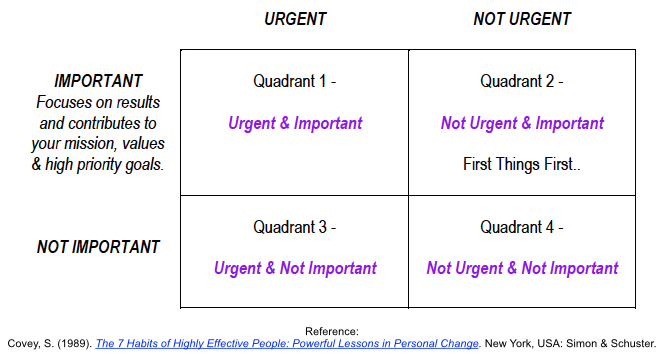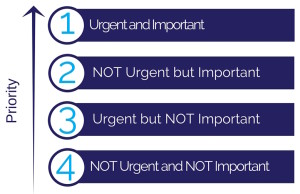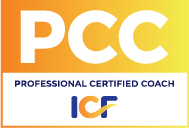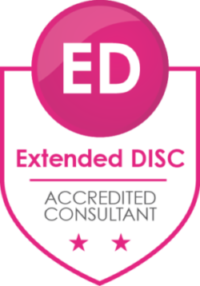Dwight D. Eisenhower was the 34th President of the United States and has been ascribed to the following quote – “What is important is seldom urgent and what is urgent is seldom important.” This quote led to the Eisenhower Decision Matrix.
The Eisenhower Decision Matrix
As you can see in the following diagram of the Eisenhower Decision Matrix (which has also been attributed to Stephen Covey), the matrix is divided in to four quadrants.

Quadrant 1 – Urgent and Important:
In Q-1 we deal with the urgent and the important – significant results that require urgent attention. What are your crisis, problems and/or emergencies? They are located in this quadrant. We all have these in our lives, however the difference is people who are mainly in Q-1 it is the focus of their life. Some of the results of spending too much of our time here include burnout, stress and continually just putting out fires instead of being proactive.
Quadrant 3 – Urgent and Not Important:
In Q-3 we deal with the urgent and not important. People who spend too much time in this quadrant, spend most of their time reacting to things that are urgent and assume important. Some of the results of spending too much in this quadrant include focusing on other people needs, feeling victimised, lack of focus on your goals, crisis management and shallow or broken relationships.
Quadrant 4 – Not Urgent and Not Important:
In Q-4 we deal with the not urgent and not important. The results of spending too much time in this area can be disengagement from life, irresponsibility and dependent on other people.
Quadrant 2 – Not Urgent and Important:
In Q-2 we deal with the not urgent and important. This quadrant it the heart of effective personal management. Activities that are completed in this quadrant include building relationships, writing a personal mission statement, nurturing your health and activities you know you need to do to maintain your life. The results of spending time here include your vision, mission, focusing on what you can control, discipline and commitment.
Setting Priorities
One way to improving self-management is by prioritising your urgent and important. The diagram below gives you a guide for these priorities.

Questions for Reflection –
- Where do you spend the majority of your time?
- Which tasks and activities are you currently doing in the urgent but not important area? Can any of these activities be delegated?
- What tasks and activities are you currently doing in the not urgent and not important area? Are any of those activities ready to be deleted?
Over to You…
I hope this has given you some insight to improving self-management using the Eisenhower decision matrix!. Any questions, please leave them below!
If you are ready to reclaim your courage and take the next step towards freedom and opening your heart, why not join our Toolkit?
Reference –
Covey, S. (1989). The 7 Habits of Highly Effective People: Powerful Lessons in Personal Change. New York, USA: Simon & Schuster.

















Leave A Response